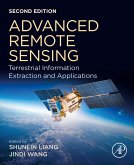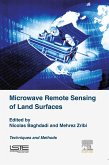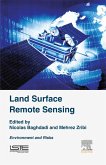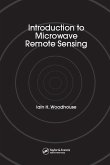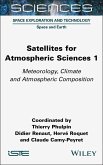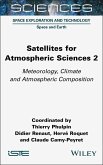The book opens with the essentials: how electromagnetic radiation interacts with the atmosphere and Earth's surface; how passive and active sensors (optical, thermal, radar, LiDAR) work; and how satellite orbitsfrom sun-synchronous to geostationaryinfluence coverage, revisit, and applications. It then explains data acquisition end-to-end, from downlink and archiving to analysis-ready products, and shows how radiometric, atmospheric, and geometric corrections turn raw pixels into reliable measurements that align across space and time.
With the basics set, readers learn practical image craftsmanship: contrast stretching, histograms, false-color composites, band ratios, principal components, and texture. These lead naturally to modern mapping techniquesunsupervised and supervised classification, object-based image analysis, and machine learning and deep learningplus time series methods and multi-sensor data fusion that improve accuracy, fill cloud gaps, and reveal change.
Applications chapters demonstrate how these tools solve real problems. In agriculture and precision farming, indices, radar wetness, and thermal cues guide variable-rate inputs, irrigation, crop identification, and yield estimation. Forestry chapters cover canopy mapping, biomass modeling, disturbance detection, and conservation planning. Water resources content spans open water, floods and droughts, snow and ice, soil moisture proxies, groundwater subsidence, and water quality signals. Additional chapters address hazards and emergency response, urban mapping and smart cities, geology and soils for exploration and engineering, and climate change monitoring from land surface temperature and phenology to cryosphere and sea level.
Looking ahead, the book surveys emerging technologieshyperspectral sensing, multi-frequency radar, drone and spaceborne LiDAR, small-sat constellations, stratospheric platforms, cloud and edge computing, analysis-ready data cubes, and AI-driven automationframed by ethics, privacy, interoperability, and the skills needed in tomorrow's workforce.
The final chapter turns knowledge into practice with project design blueprints, operational playbooks, validation and uncertainty reporting, governance and privacy guidelines, communication and storytelling, and career pathways across government, industry, NGOs, and academia. By uniting sound principles, proven methods, and responsible implementation, this book equips readers to turn satellites into solutionsdelivering timely, trustworthy geospatial intelligence that improves everyday decisions.
Dieser Download kann aus rechtlichen Gründen nur mit Rechnungsadresse in A, B, CY, CZ, D, DK, EW, E, FIN, F, GR, H, IRL, I, LT, L, LR, M, NL, PL, P, R, S, SLO, SK ausgeliefert werden.



